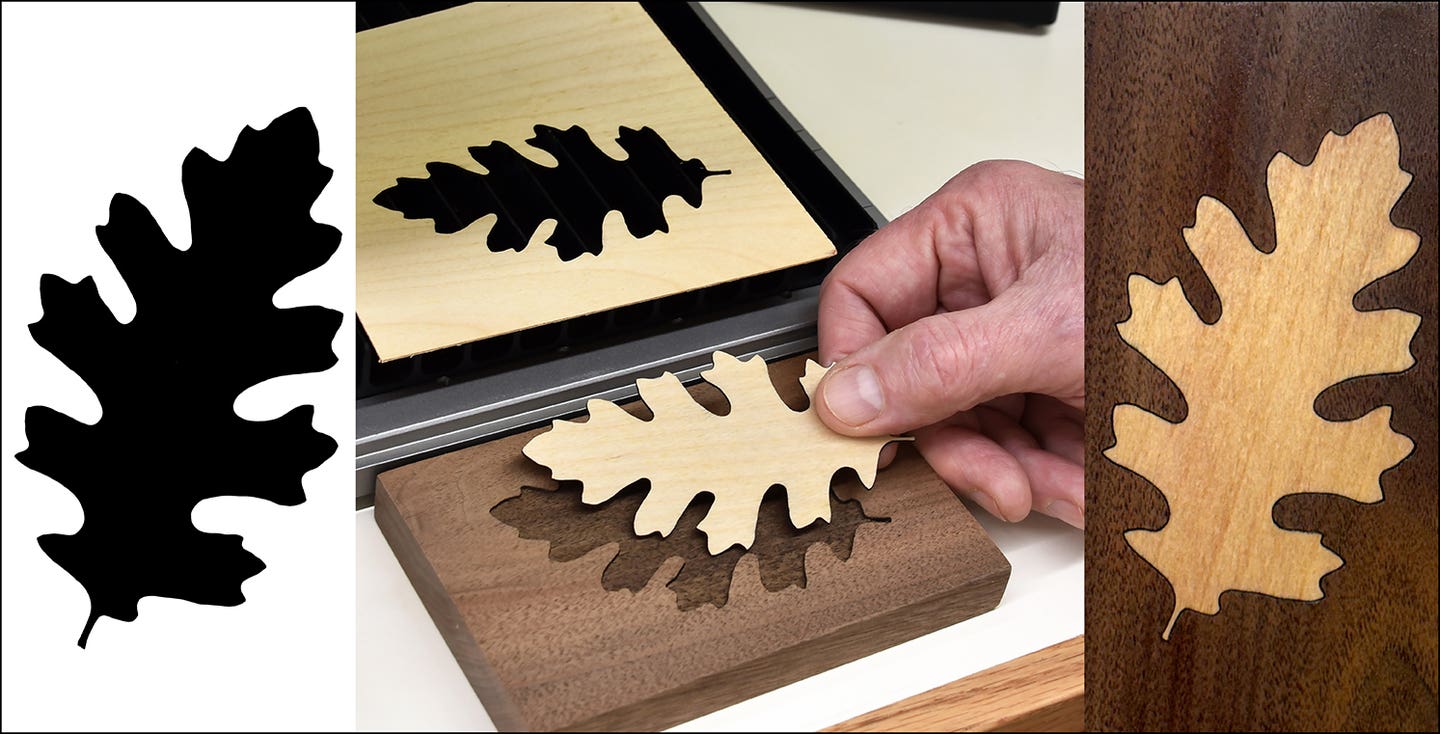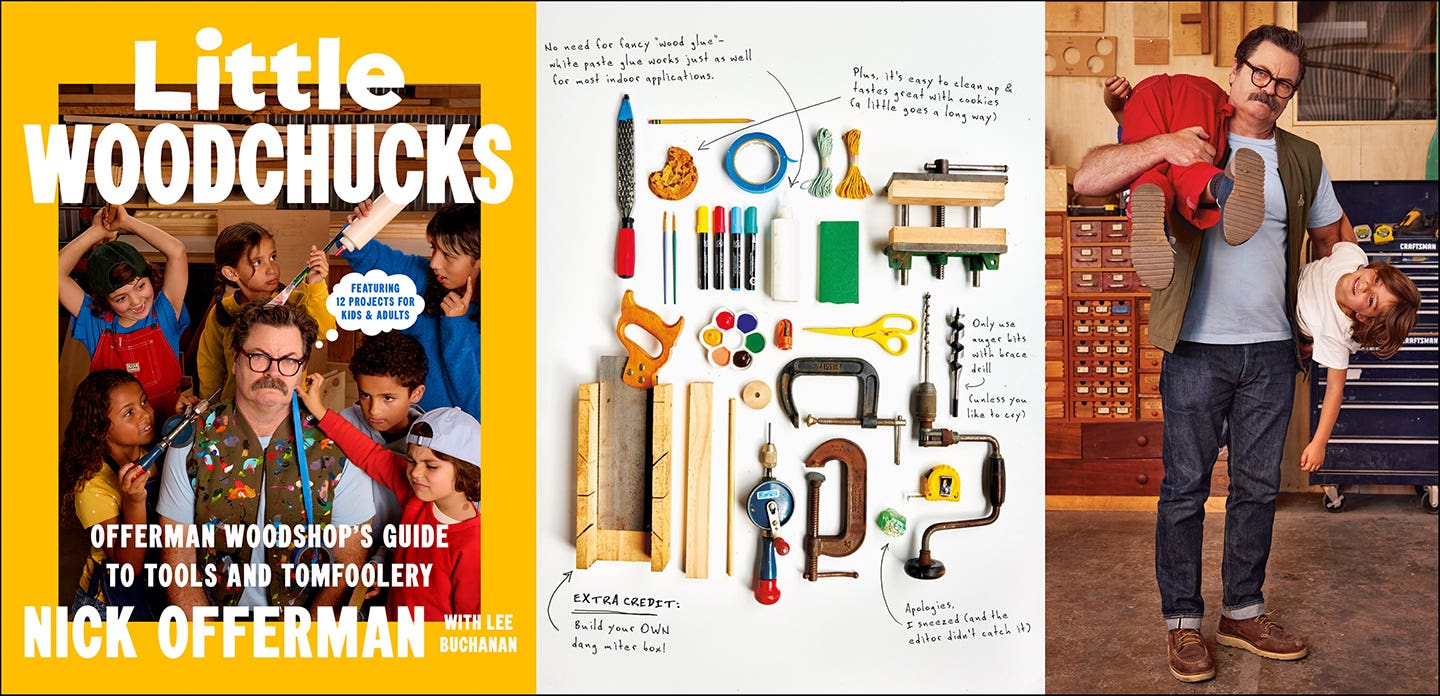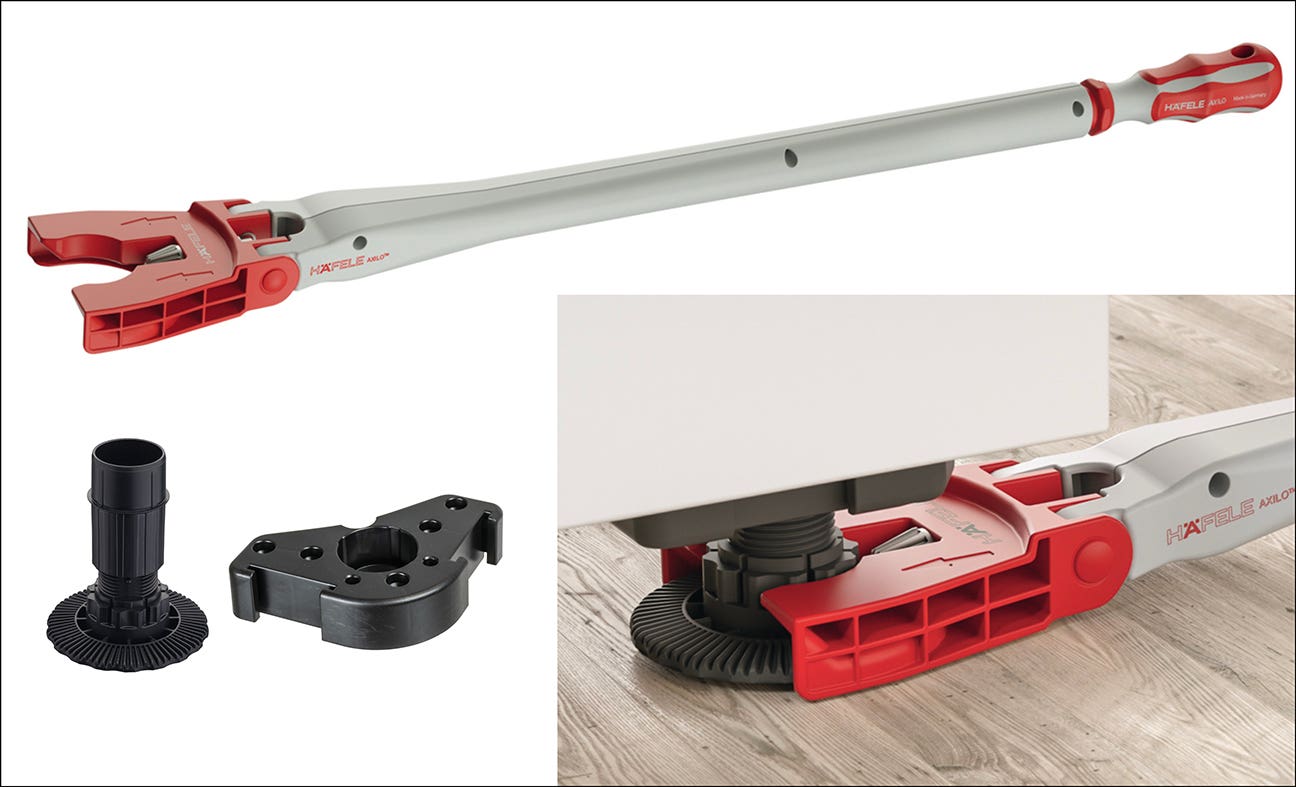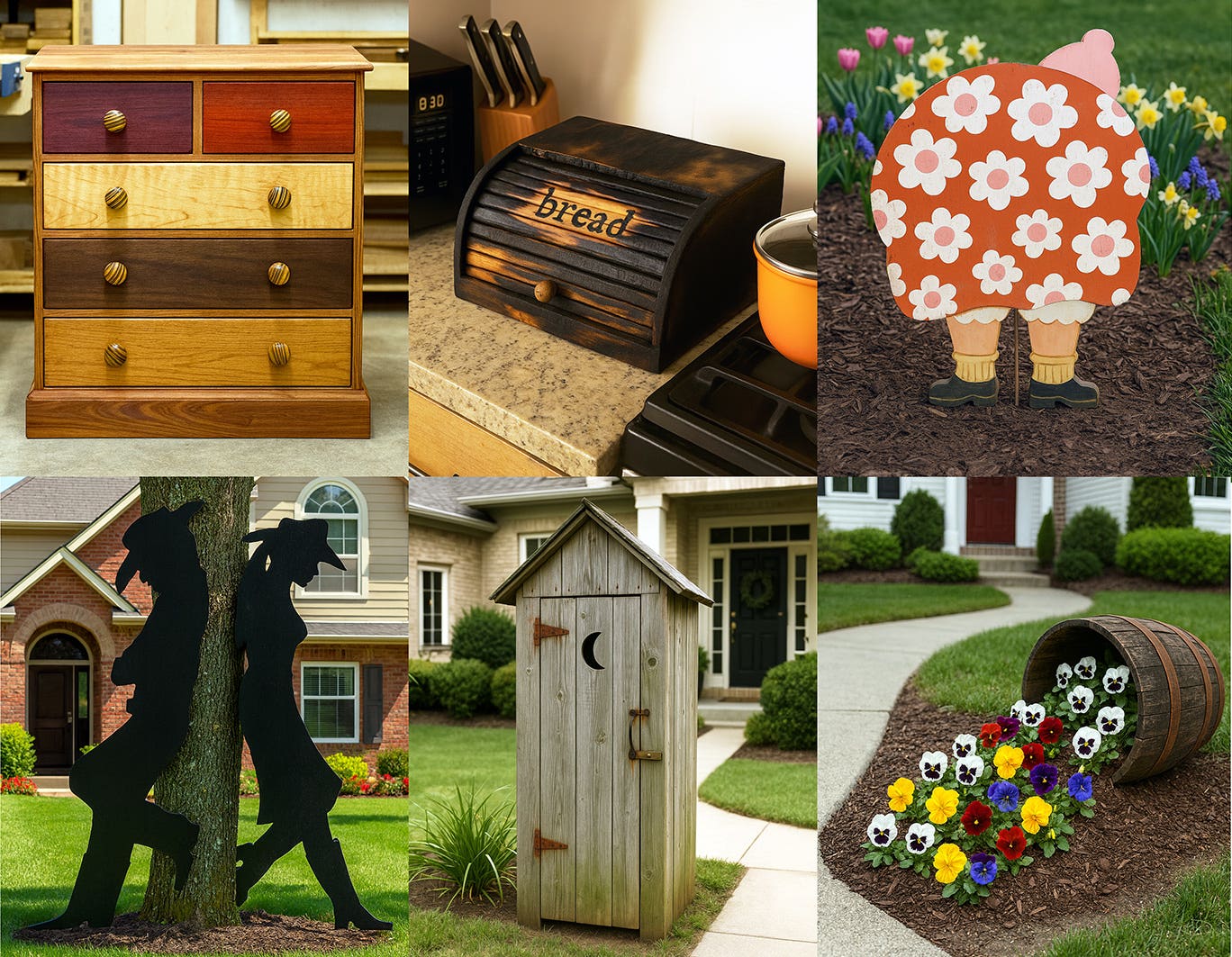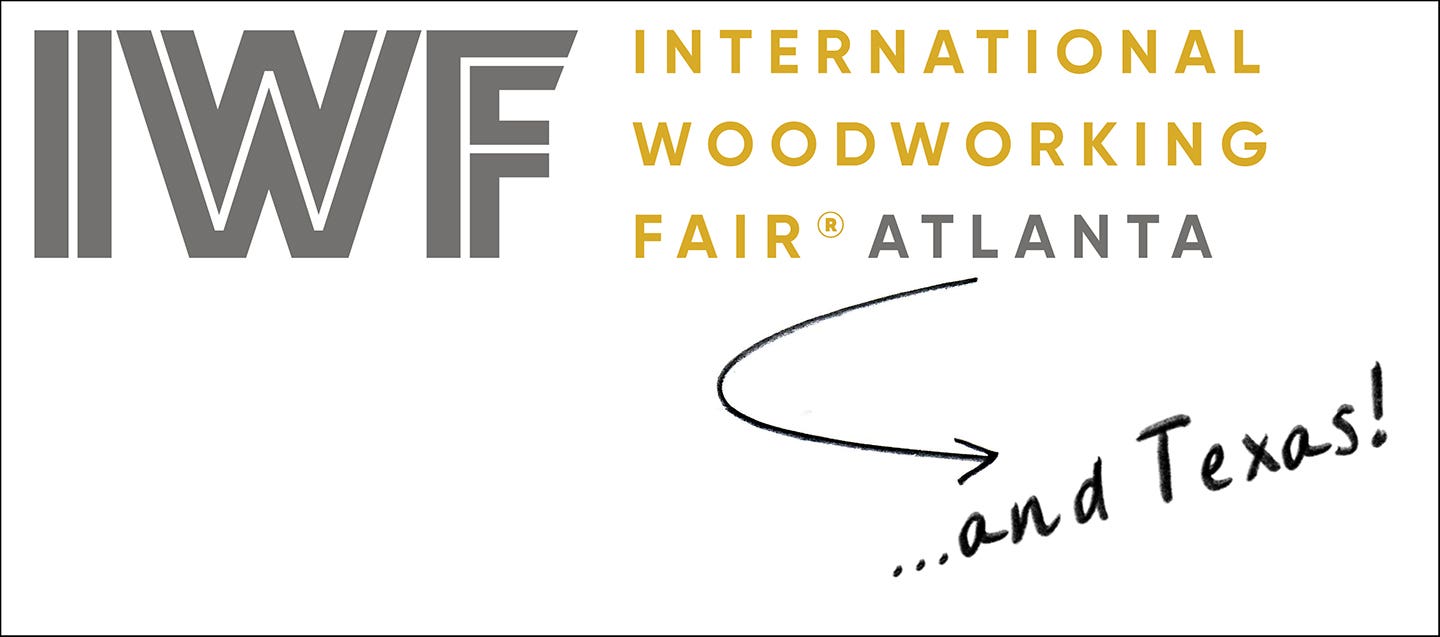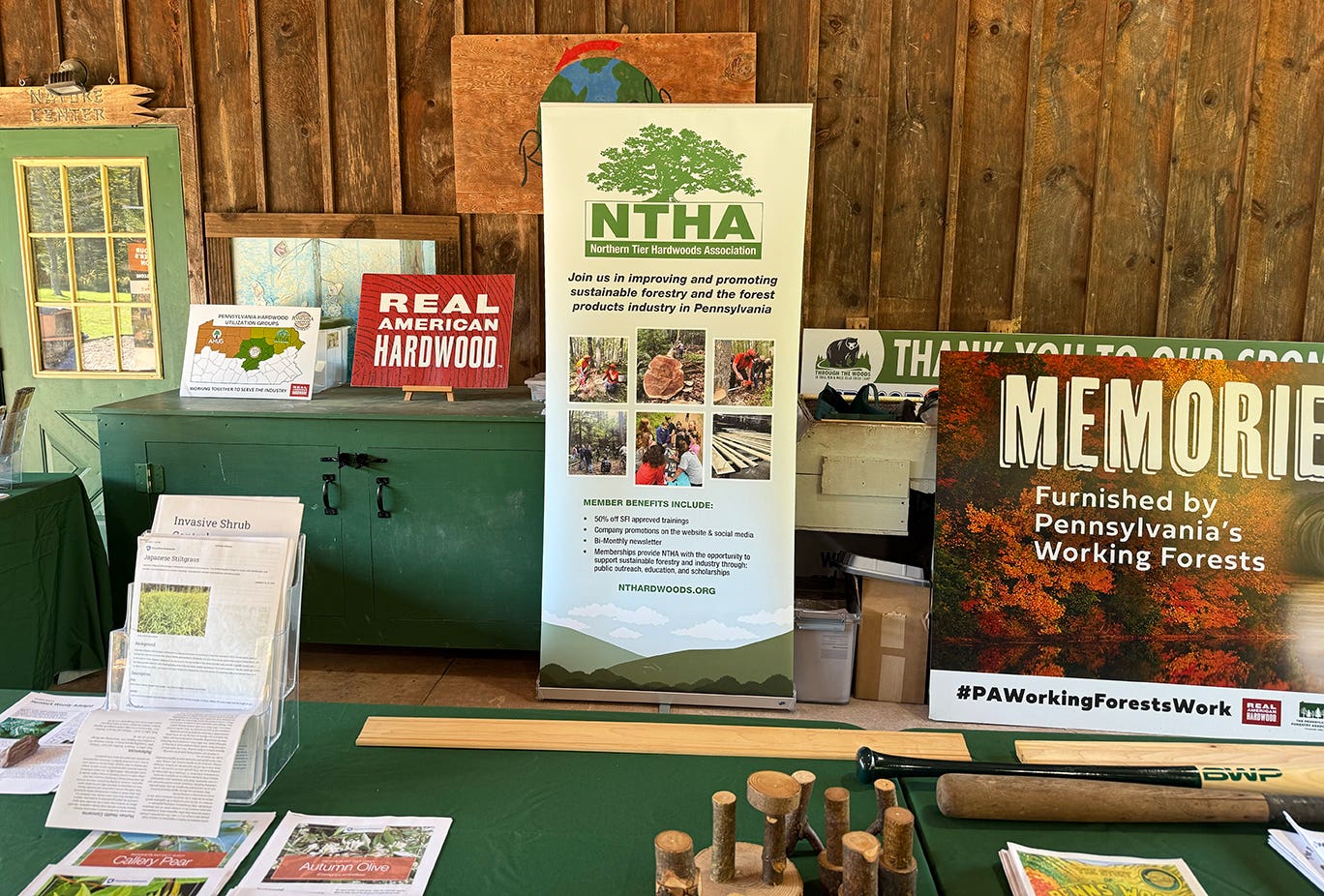Take one
I build things a lot using only photographs of an existing item as a guide and I’m generally pretty good at this. But, not always. For some of the reproduction…
I build things a lot using only photographs of an existing item as a guide and I’m generally pretty good at this. But, not always.
For some of the reproduction items I make, my only reference is historical photographs, backed up with a good knowledge of the typical dimensions and joinery of similar items. Having seen comparable examples in museums or elsewhere also helps when making things, and I can usually make a repro of something that’s really close. Other times, though, I have only photographs. But the good thing about historical reproductions is that I can usually find lots of photos.
But I recently reproduced something I saw online in a single photograph. This wasn’t anything historical, so accuracy and authenticity weren’t at issue, but an outdoor folding table I liked and just wanted to make for myself. It was a good, clear photo but there wasn’t really anything else that gave me a sense of scale except some guy’s leg. OK, a leg can be a start, but with no idea just how big the guy was, it wasn’t much help.
My table looks great and the folding action – the most important part of the project – came out perfect. But the table’s just a bit too big. It’s serviceable, but slightly too high. When folded for carrying, it hangs just a bit too low to tote comfortably. The components I’d need to rework to correct the sizing are obvious, and after using the table a few times I know exactly how much to alter them.
For historical reproductions I often build a prototype to get things right before making the “real” item, but for this casual table I didn’t bother. Although not quite right, I’ll still get a lot of use out of it. And if I ever make another (which is likely once my daughter sees it), I can consider the one I’m using the prototype.
A.J.
A.J. Hamler is the former editor of Woodshop News and Woodcraft Magazine. He's currently a freelance woodworking writer/editor, which is another way of stating self-employed. When he's not writing or in the shop, he enjoys science fiction, gourmet cooking and Civil War reenacting, but not at the same time.


